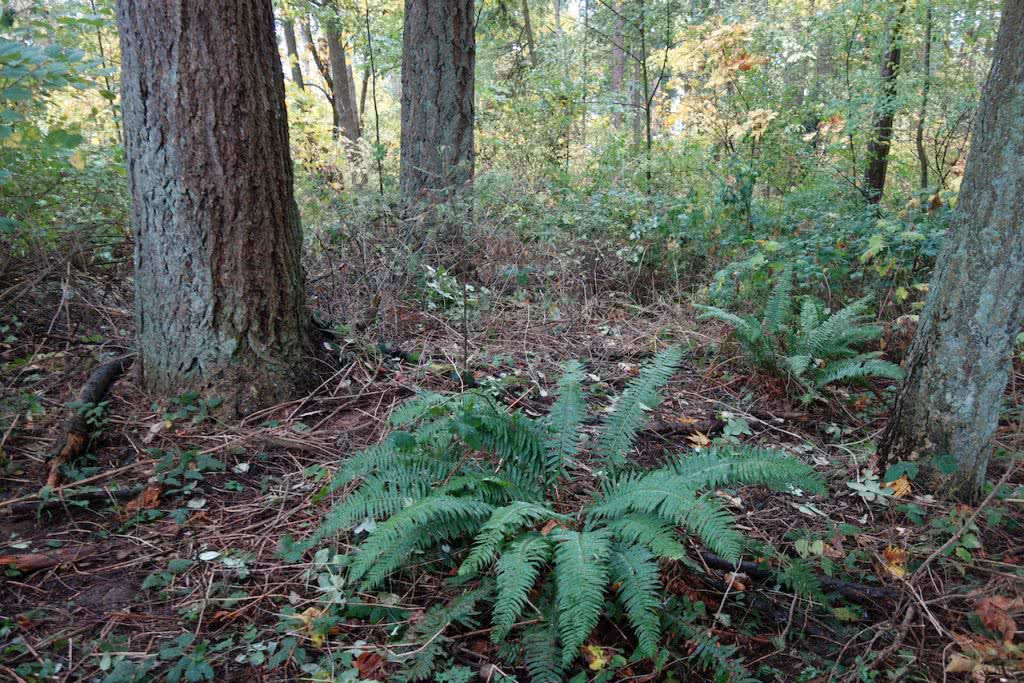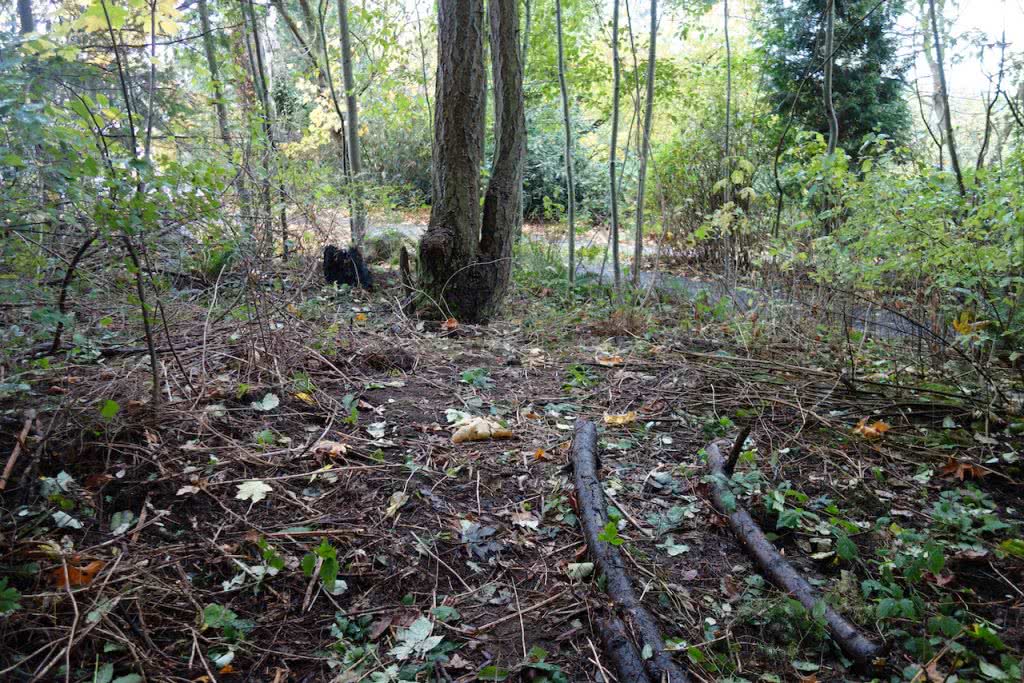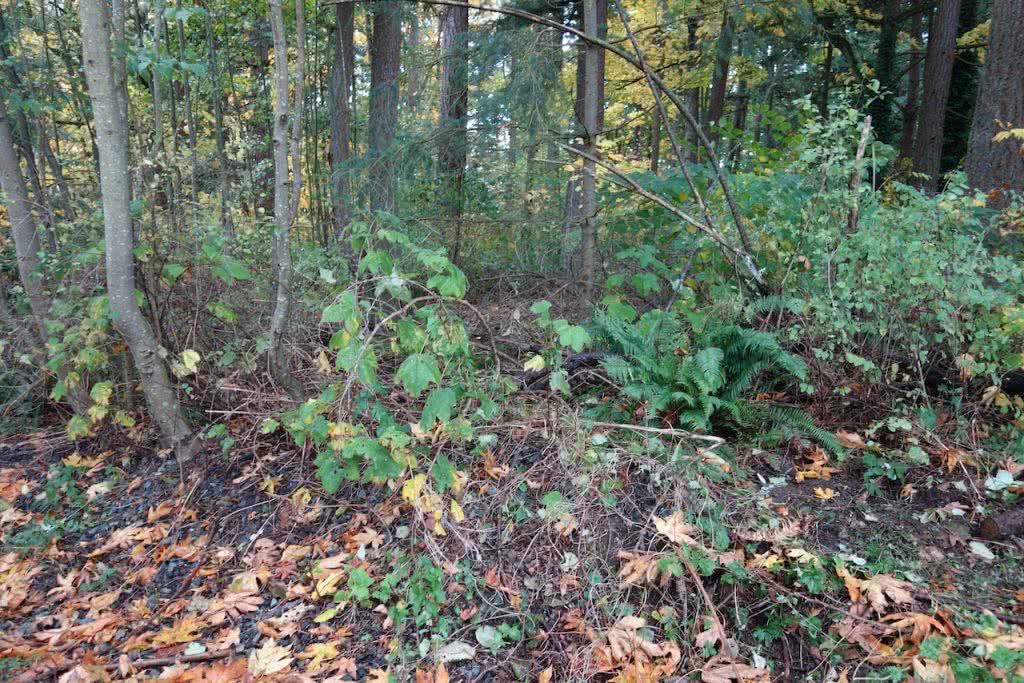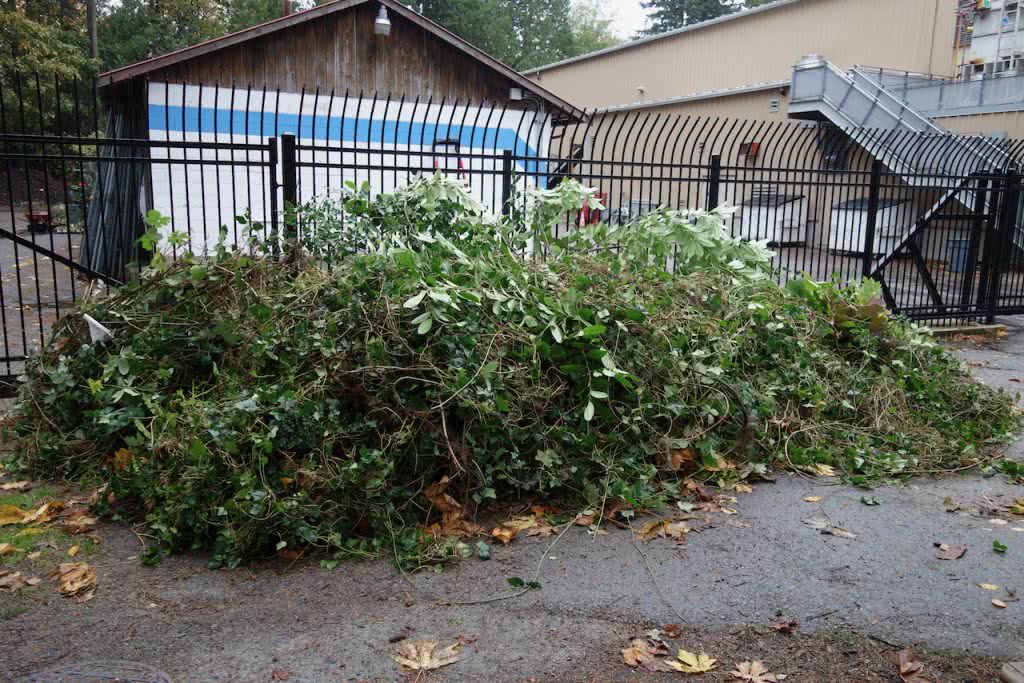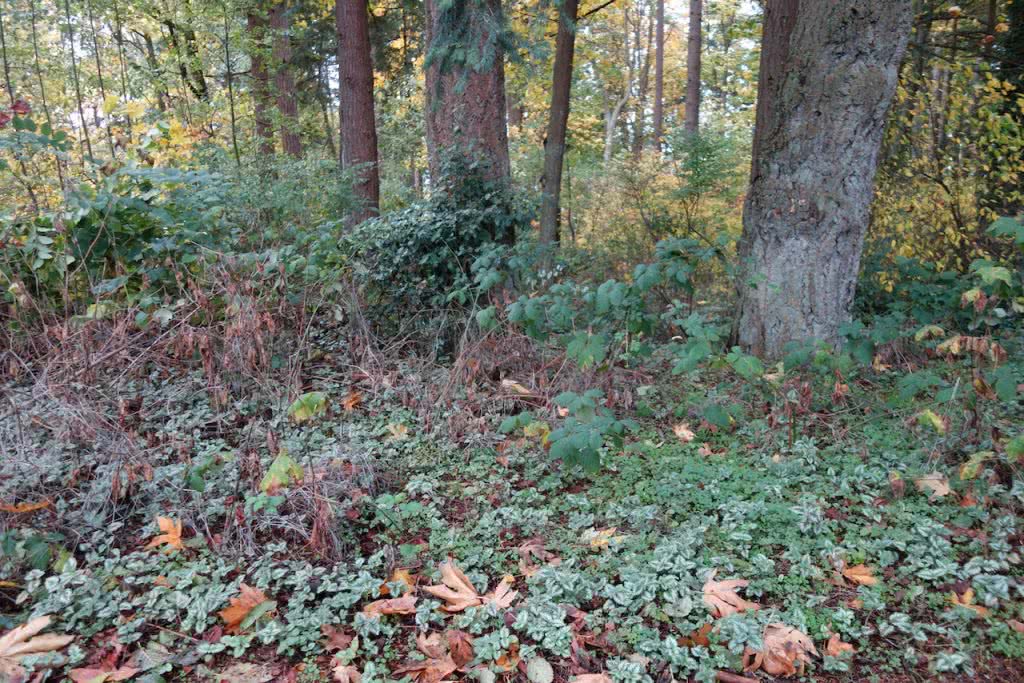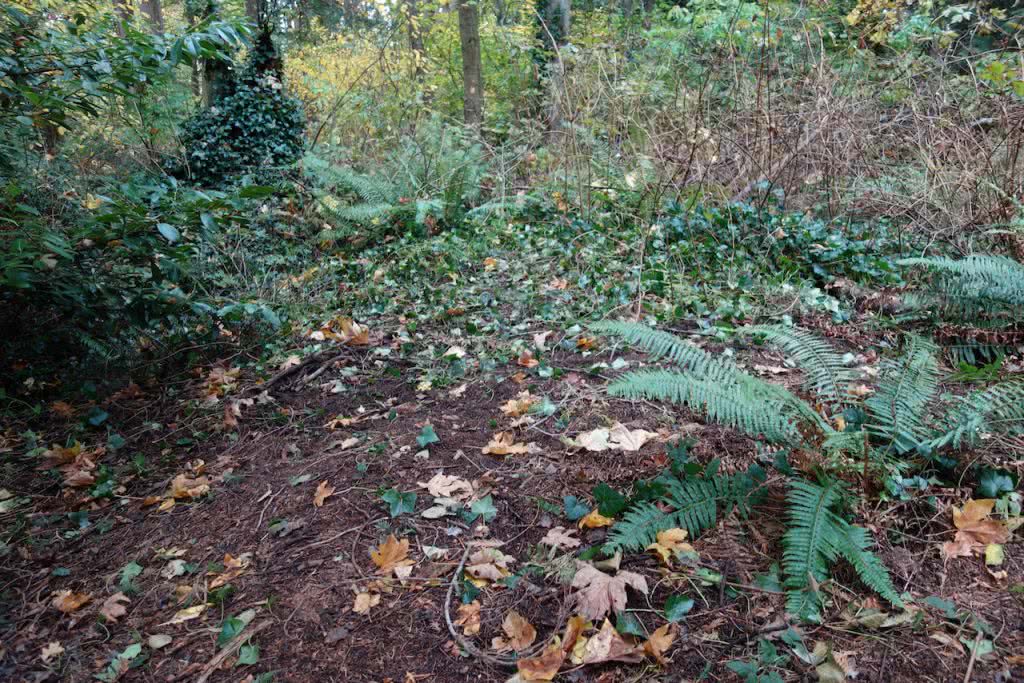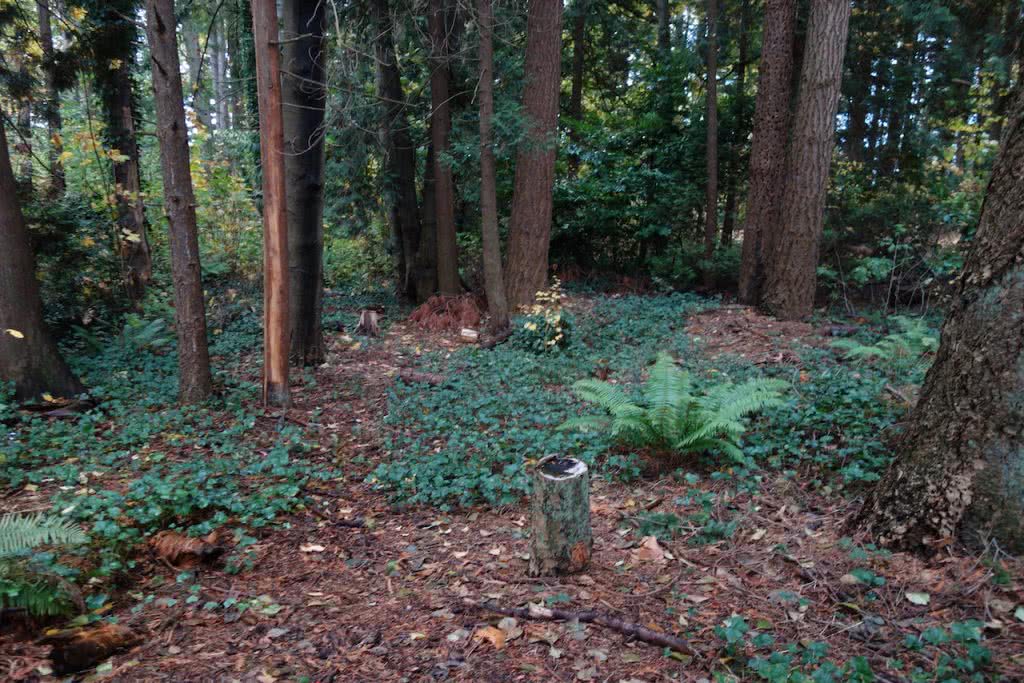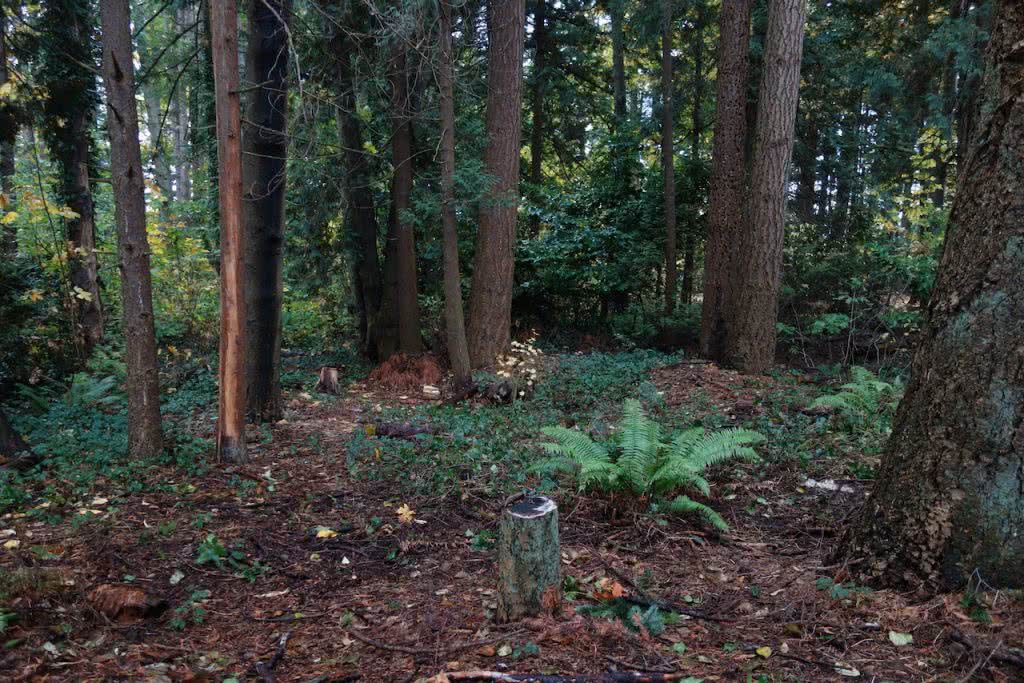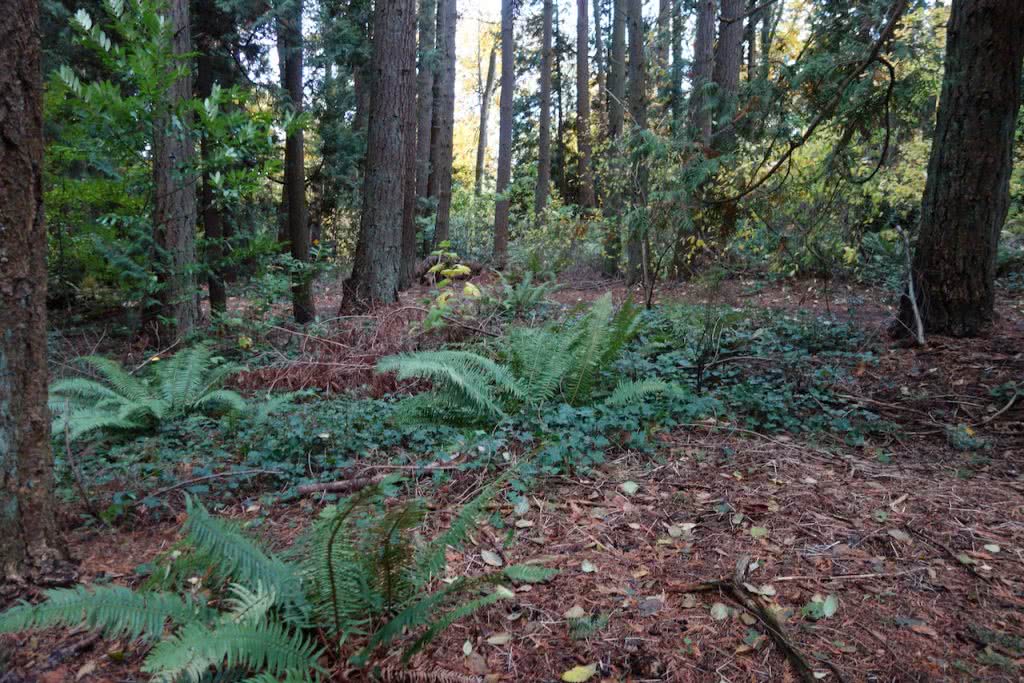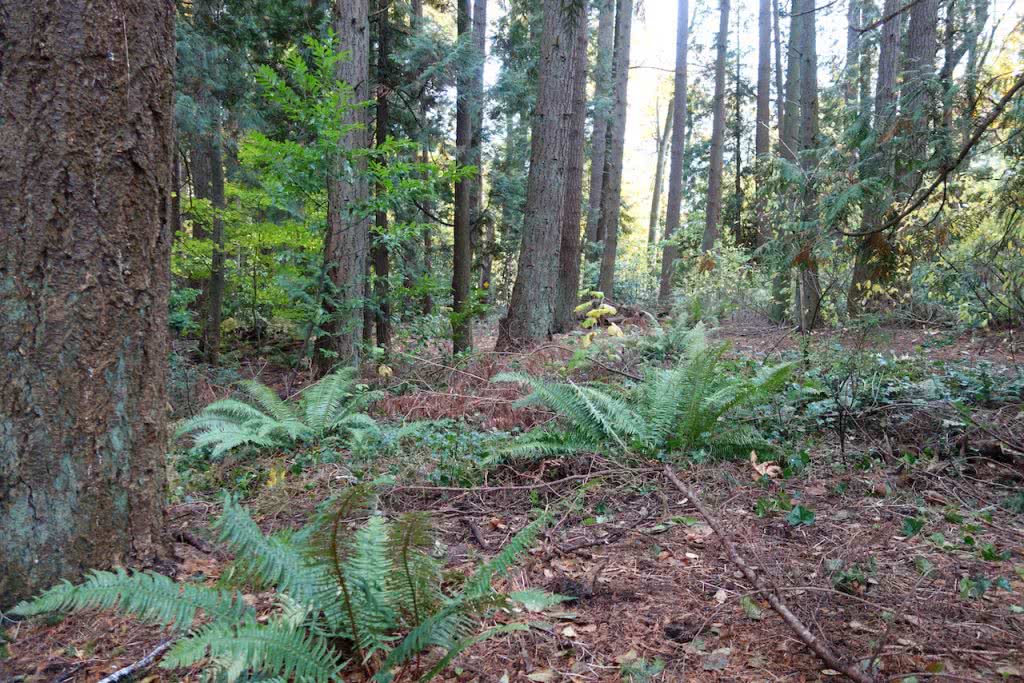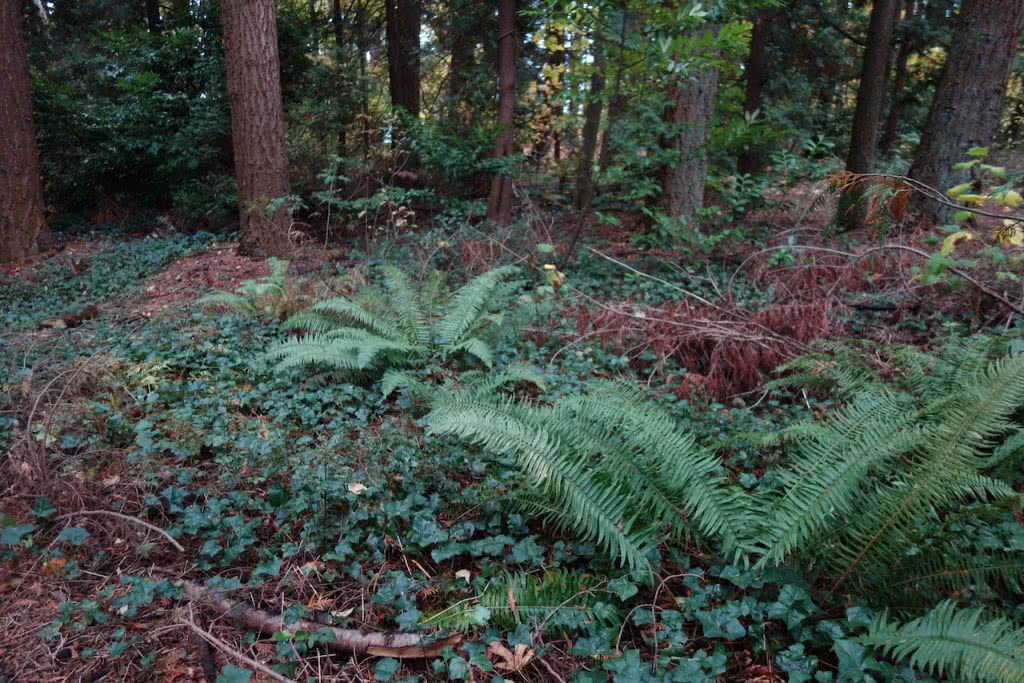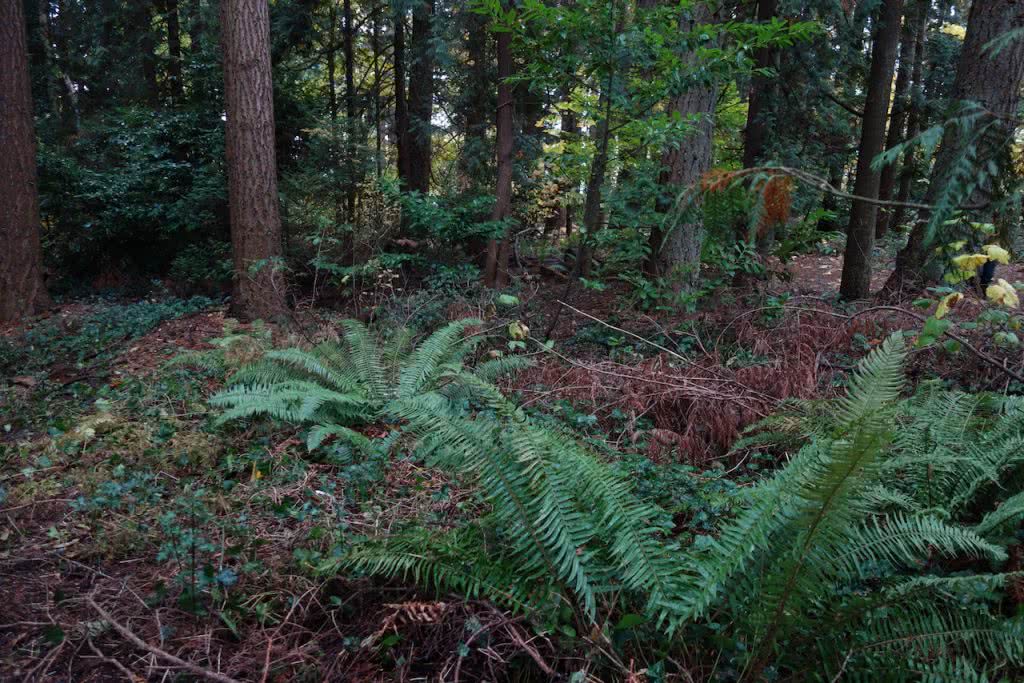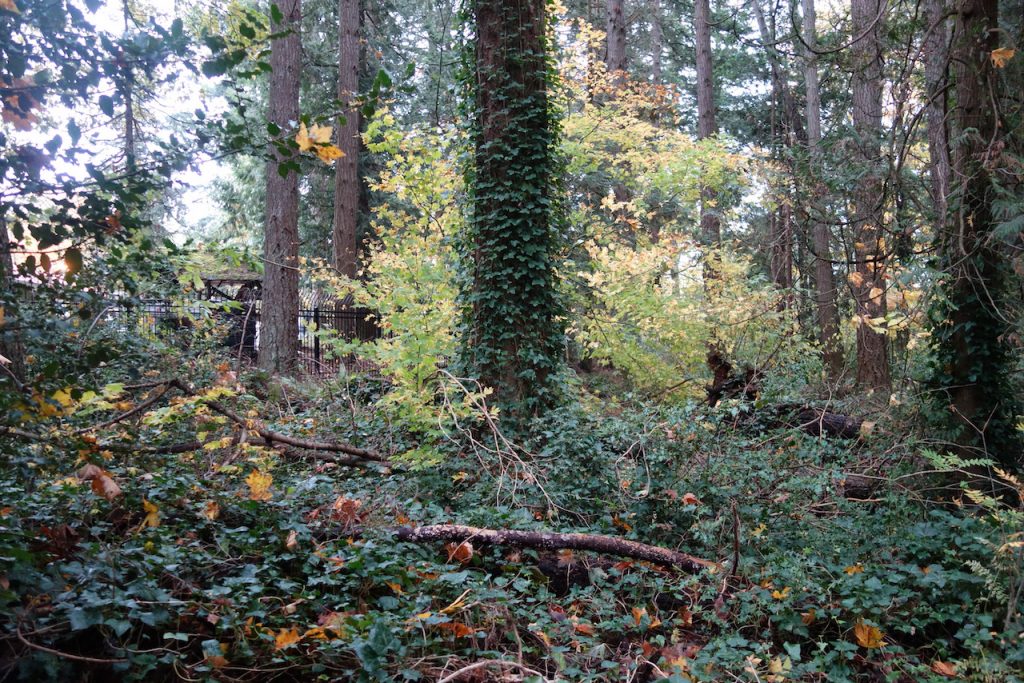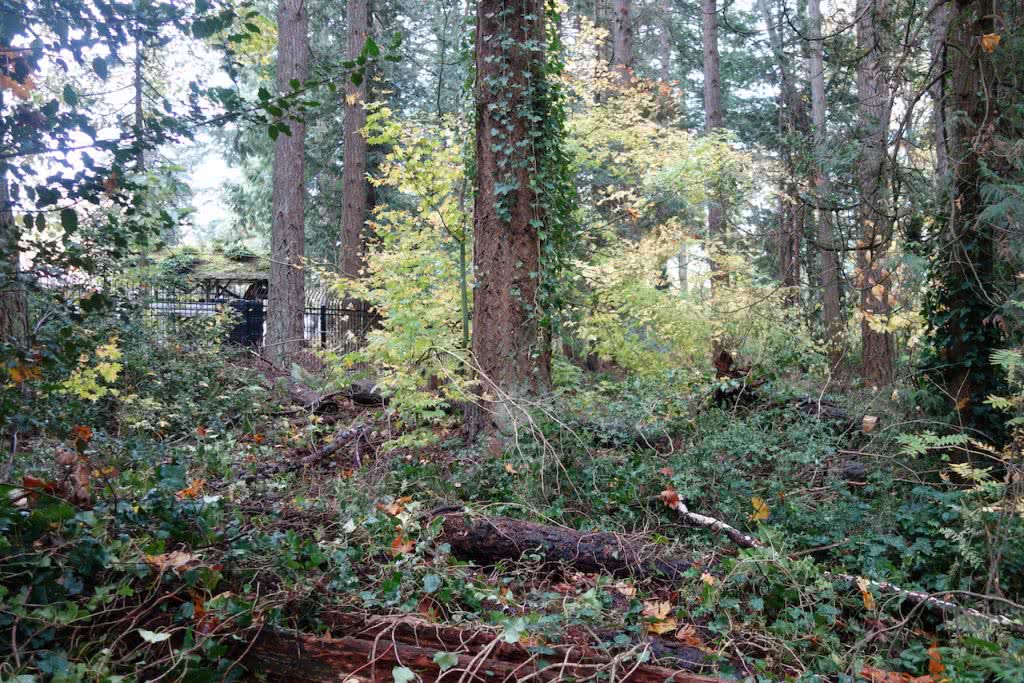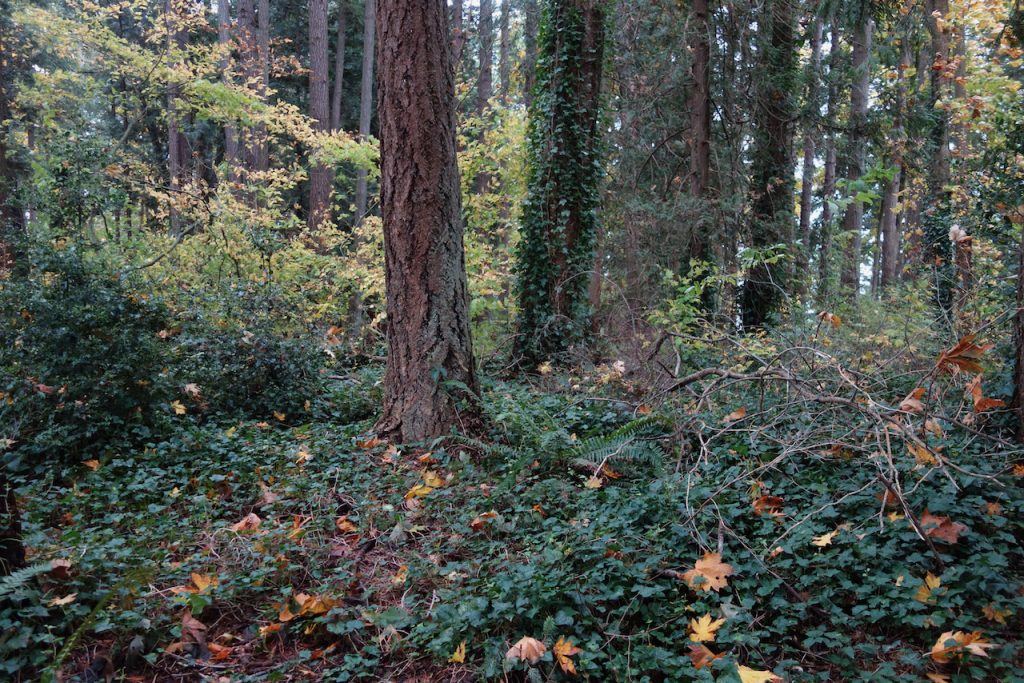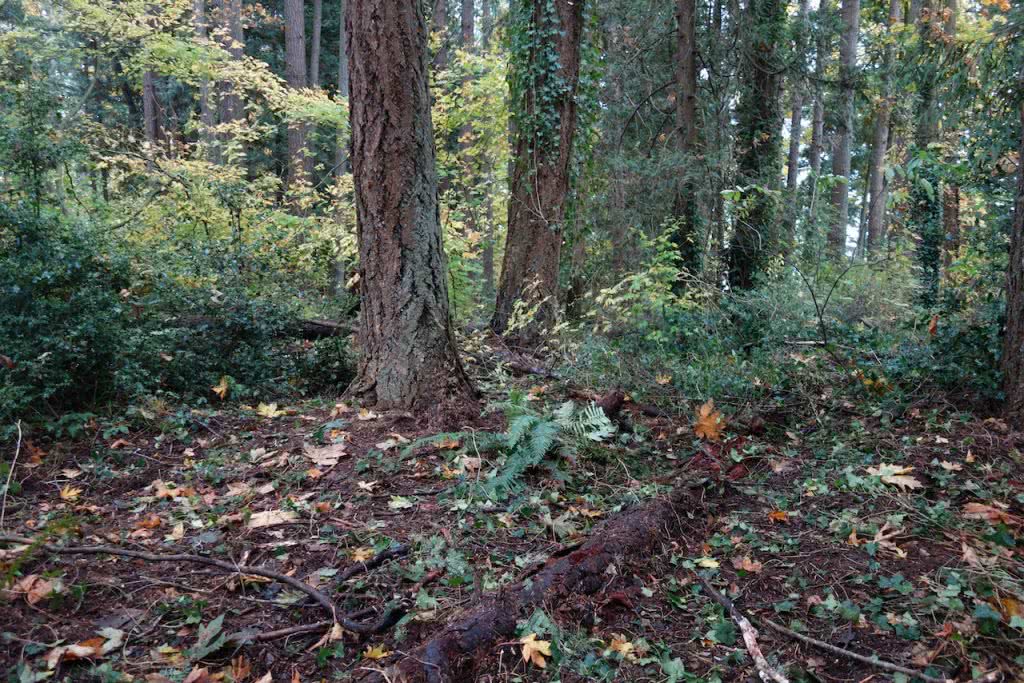
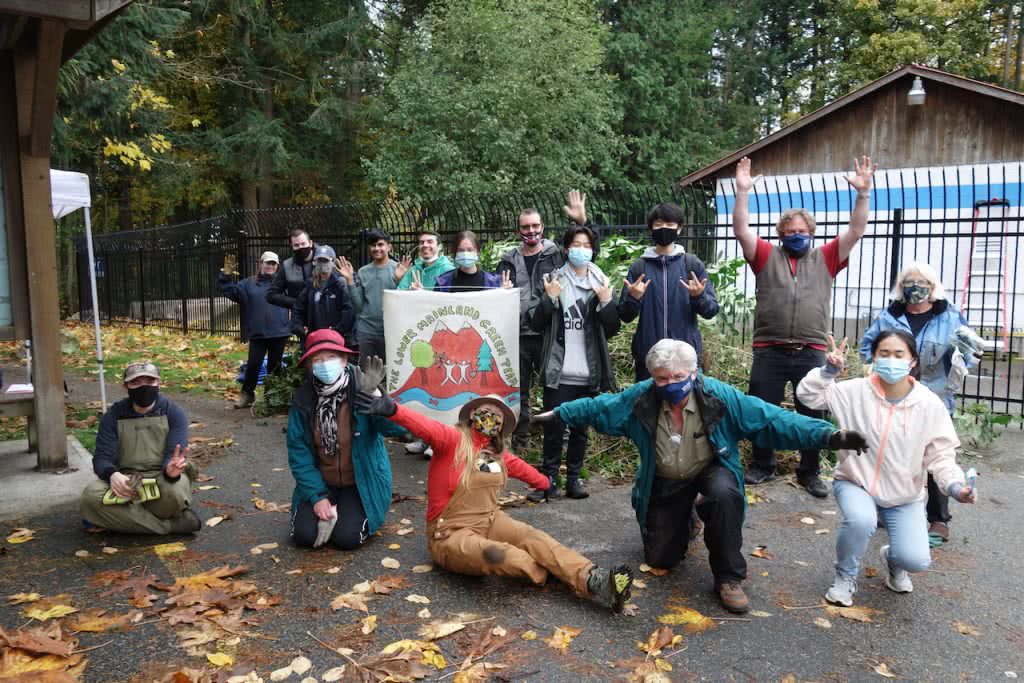
Highlights
- 11 community members joined us for our very first interpretive walk
- 14 community members removed invasive plants and contributed 54 hours total
- 8 participants visited Ruth Johnson Park for the first time
- 7 participants went on an interpretive walk for the first time
- 6 participants removed invasive plant species for the first time
- 11.5 cubic metres of invasive plants was removed (equivalent to the volume of about 72 bathtubs!) including Himalayan blackberry, English Ivy, English Holly and English Laurel
- We were featured in the news TWICE for this activity, Read the first article HERE and second article HERE.
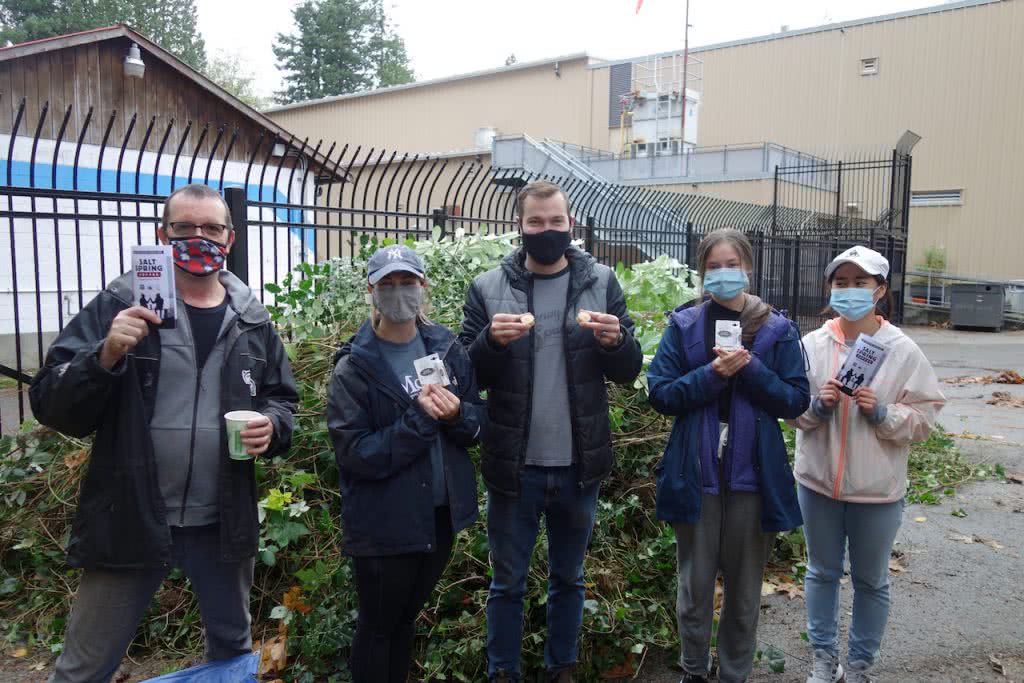
- Everyone took home a thank you gift donated by a local sustainable business, including tea light candles from Honey Candles, Swedish dishcloths from Swede Things, organic, fair trade coffee from Salt Spring Coffee, lip balm from Green Beaver and organic, fair trade chocolate bars from Camino!
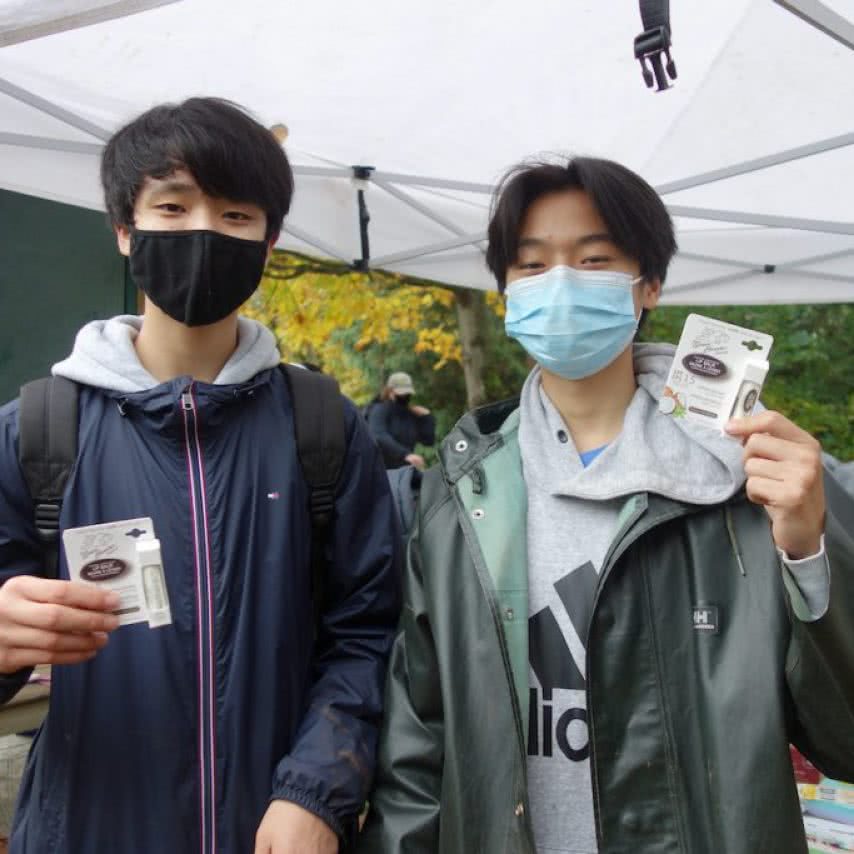
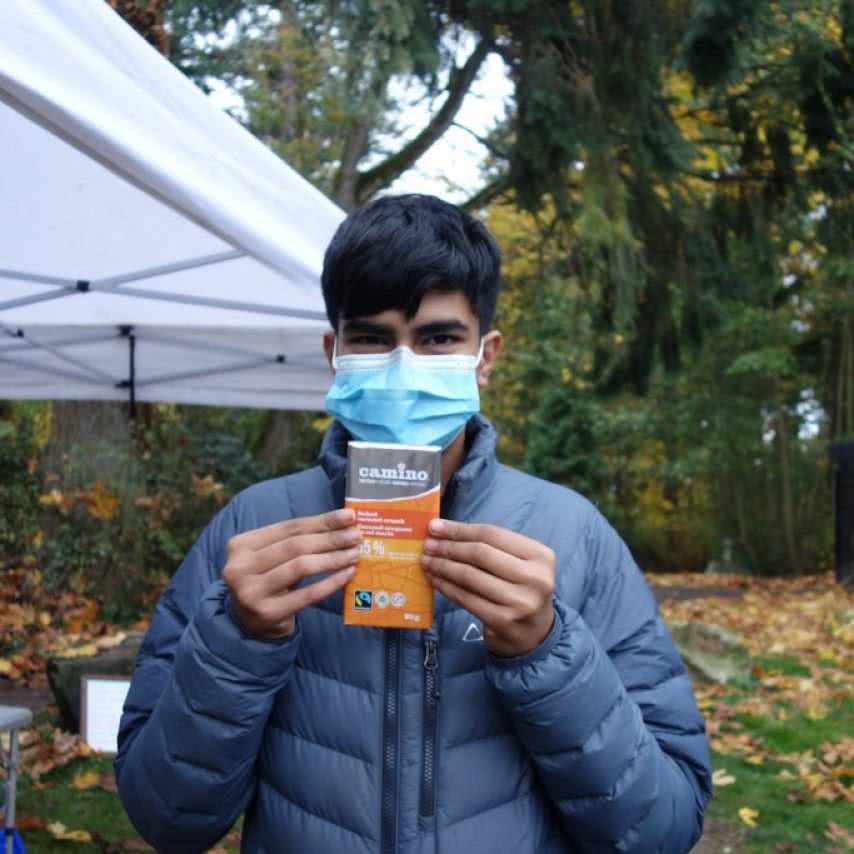
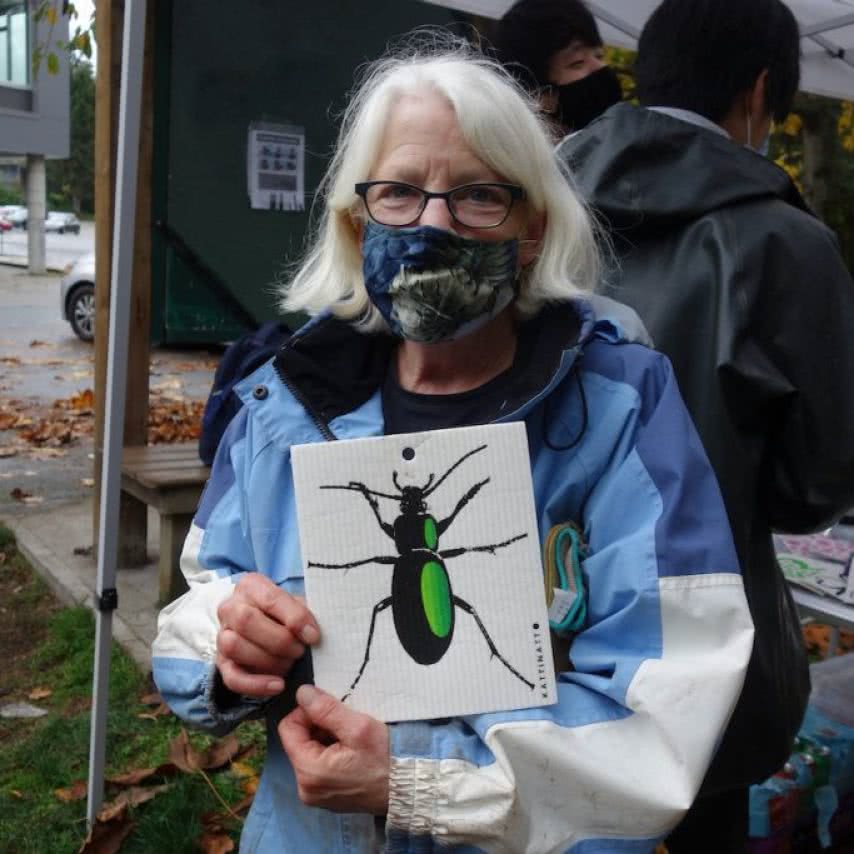
Interpretive Walk Photos
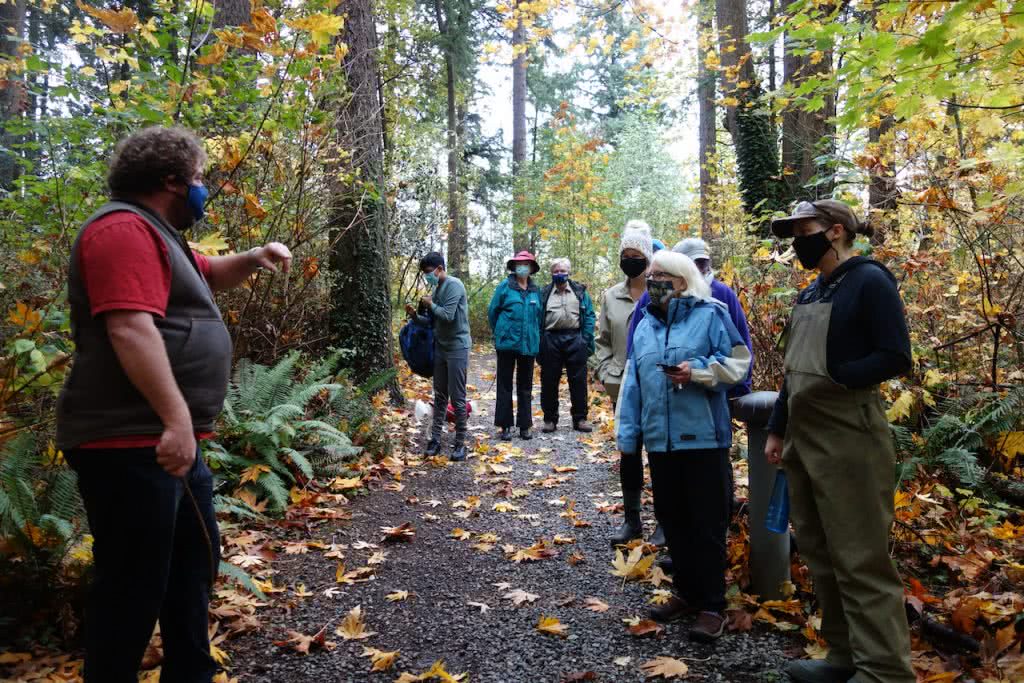

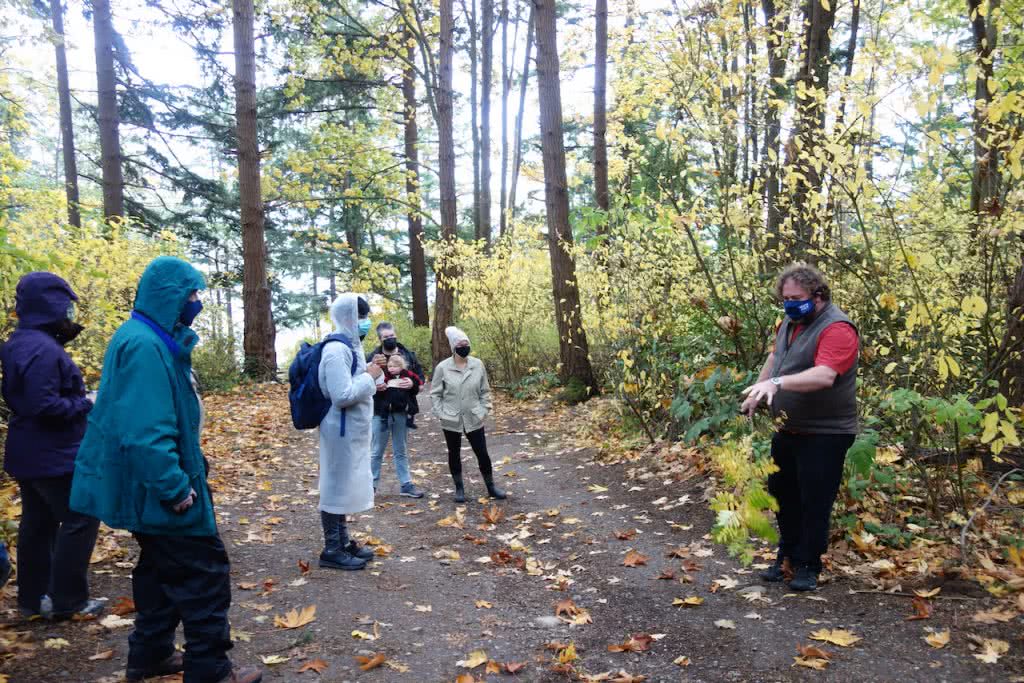
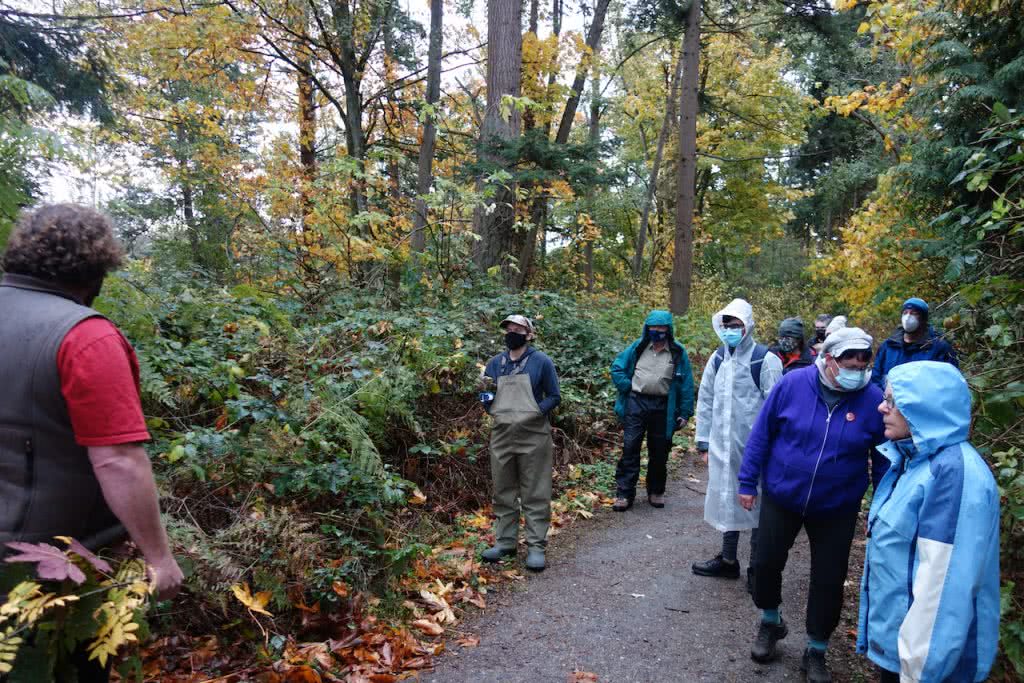

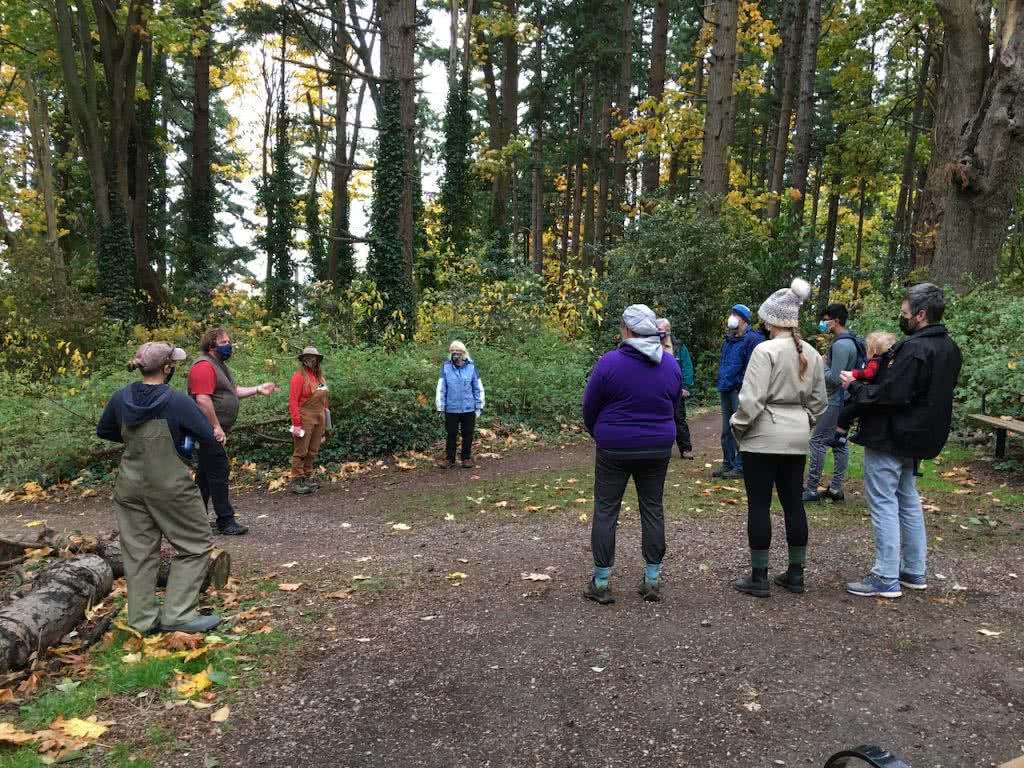
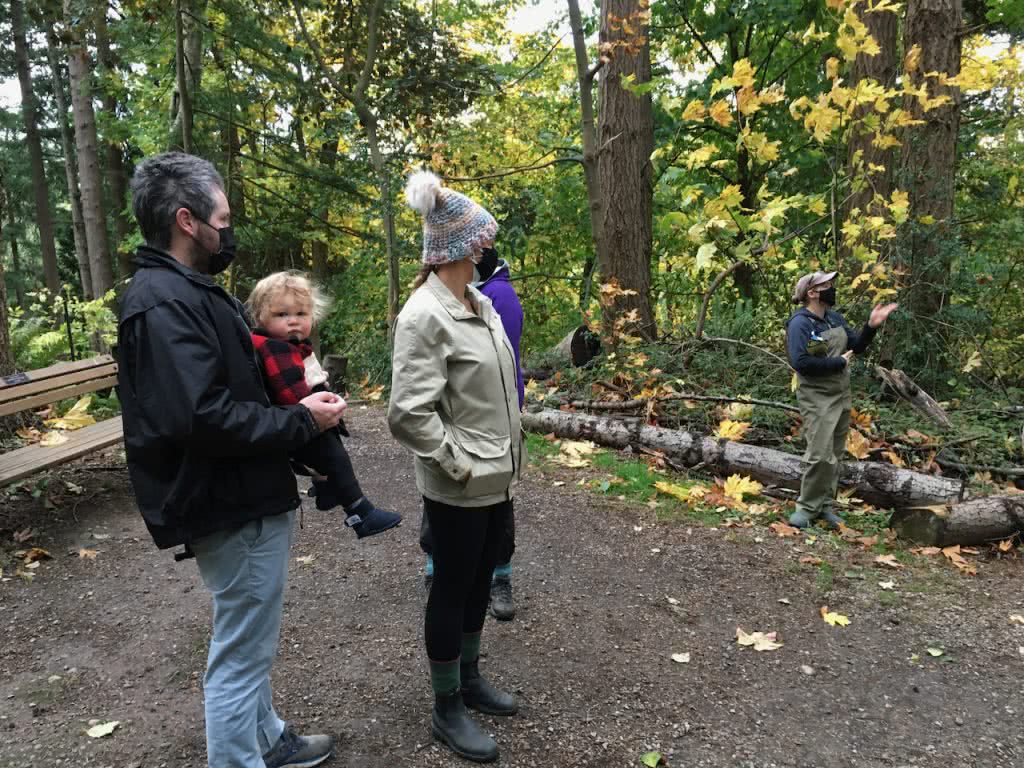

Invasive Plant Pull Photos

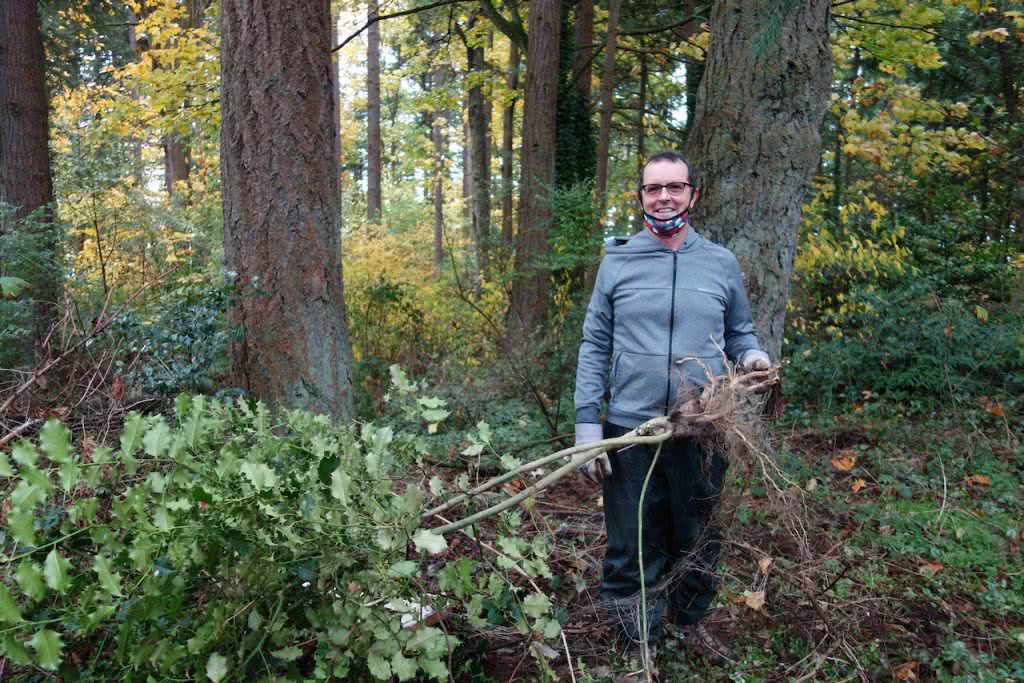
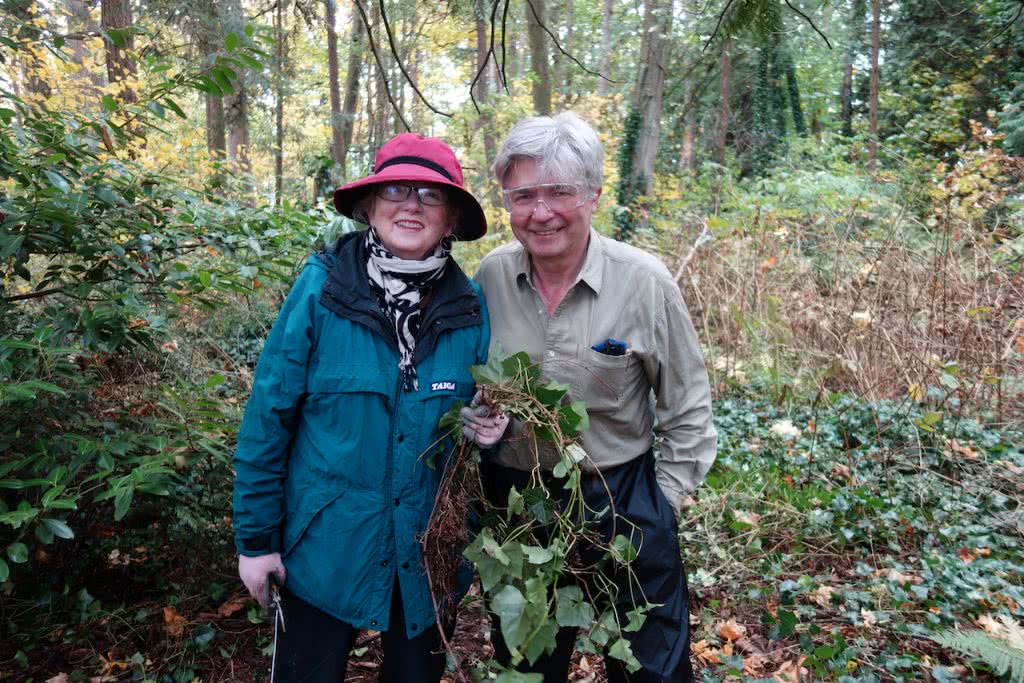
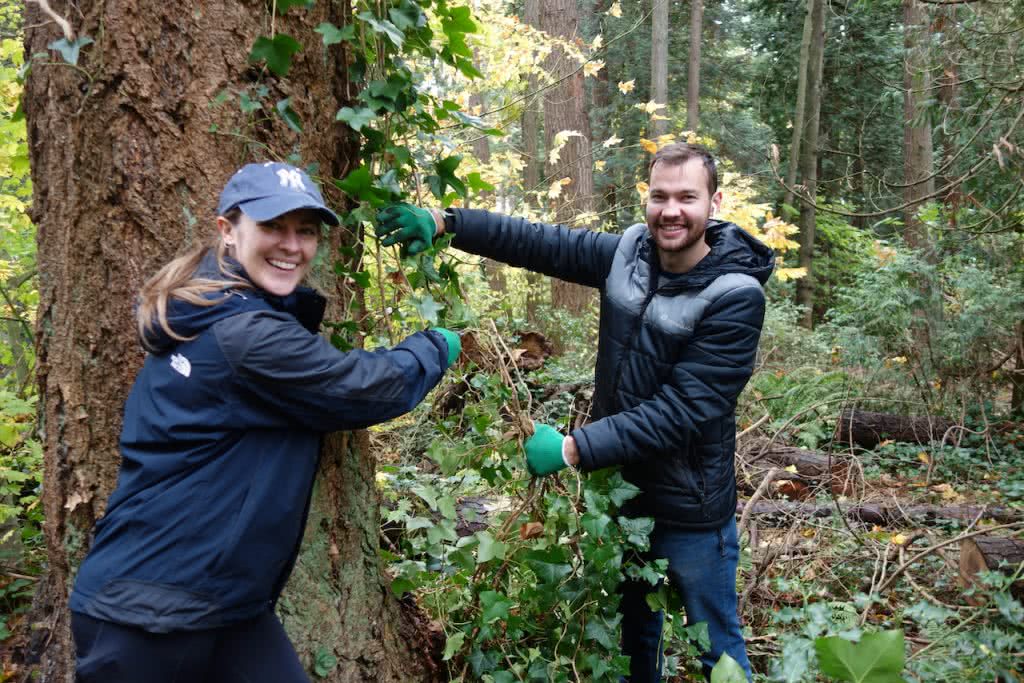
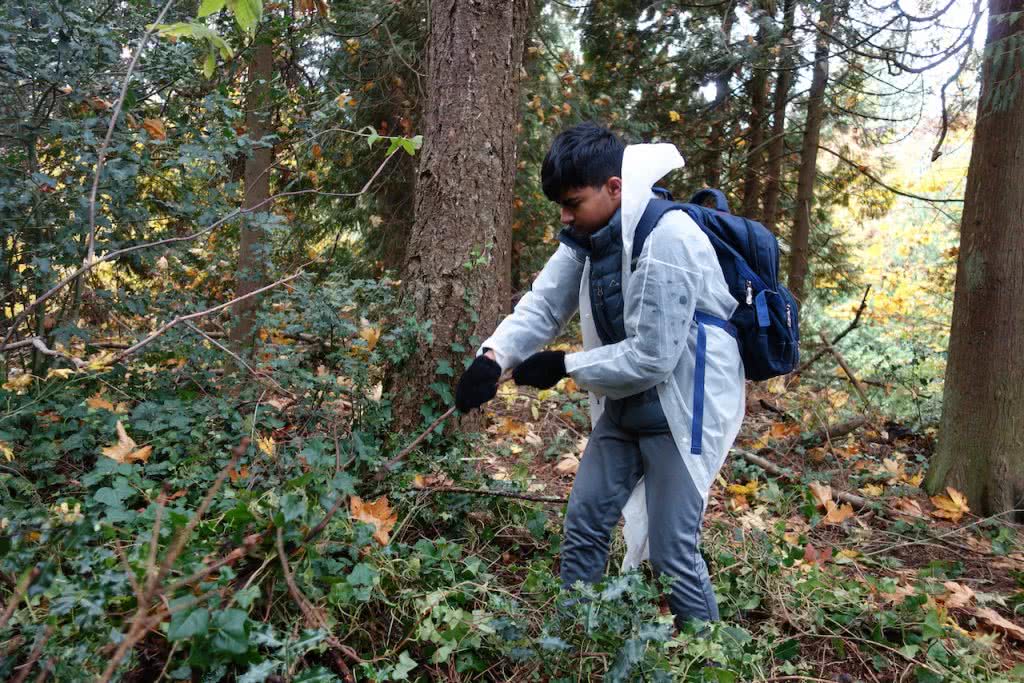
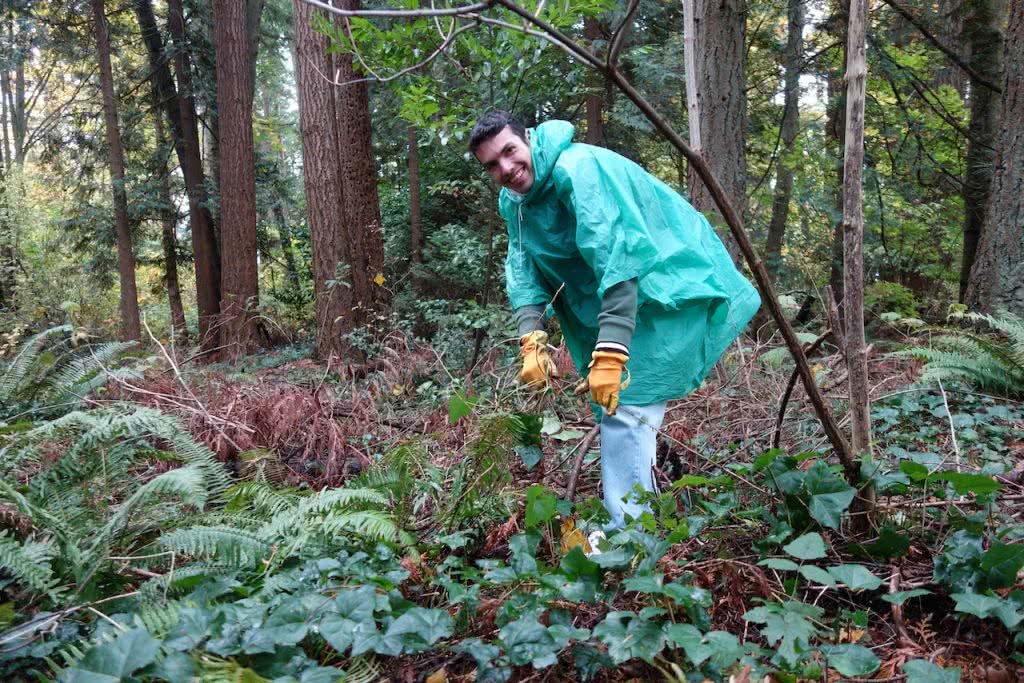
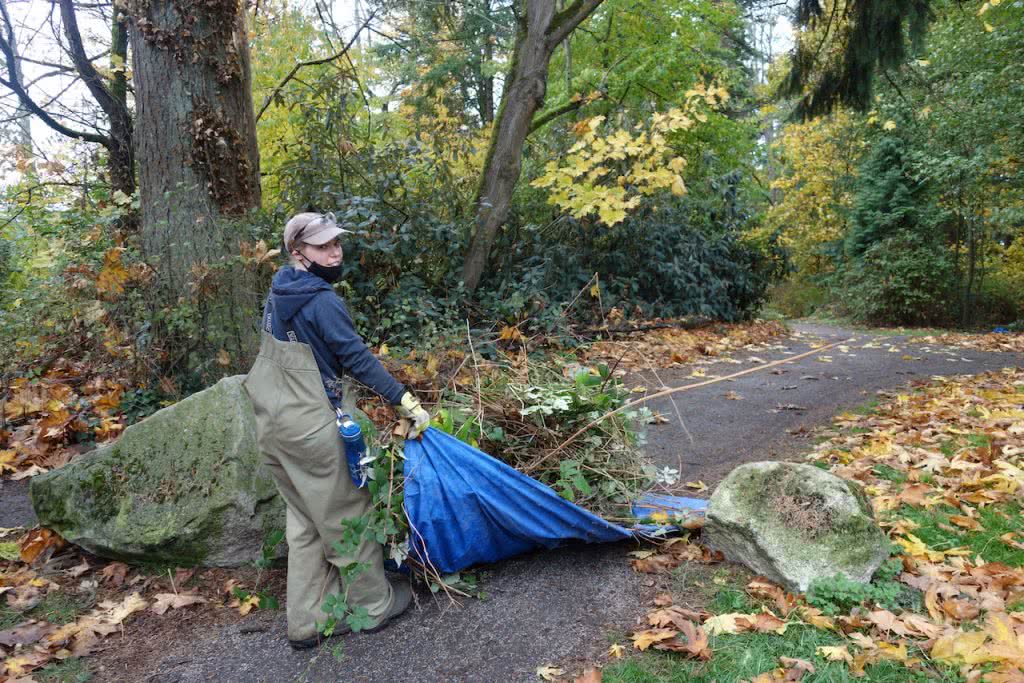
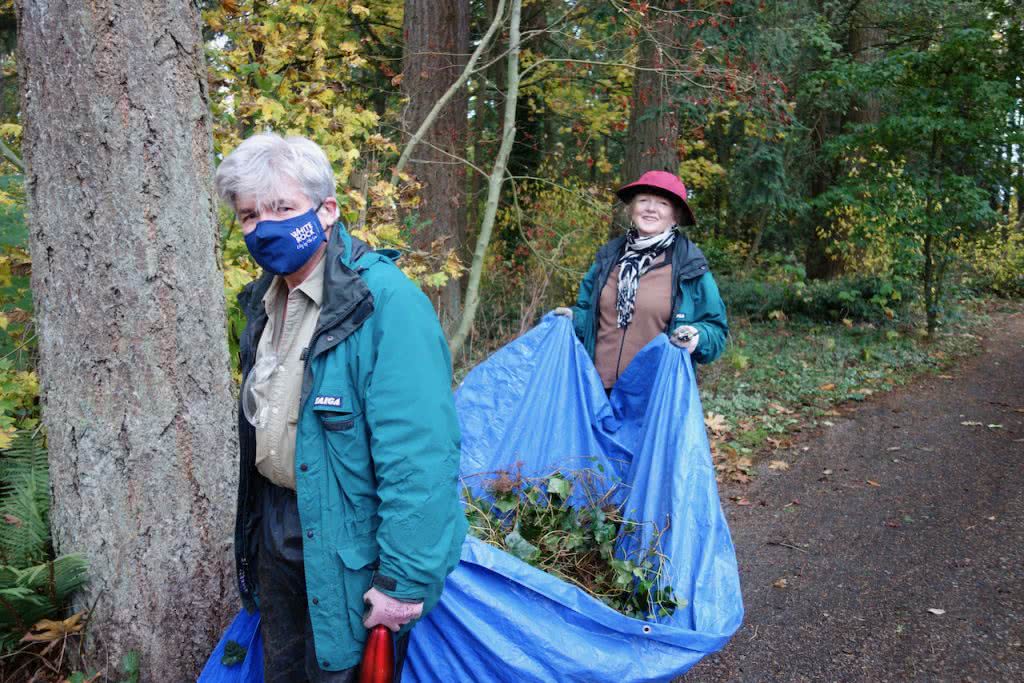
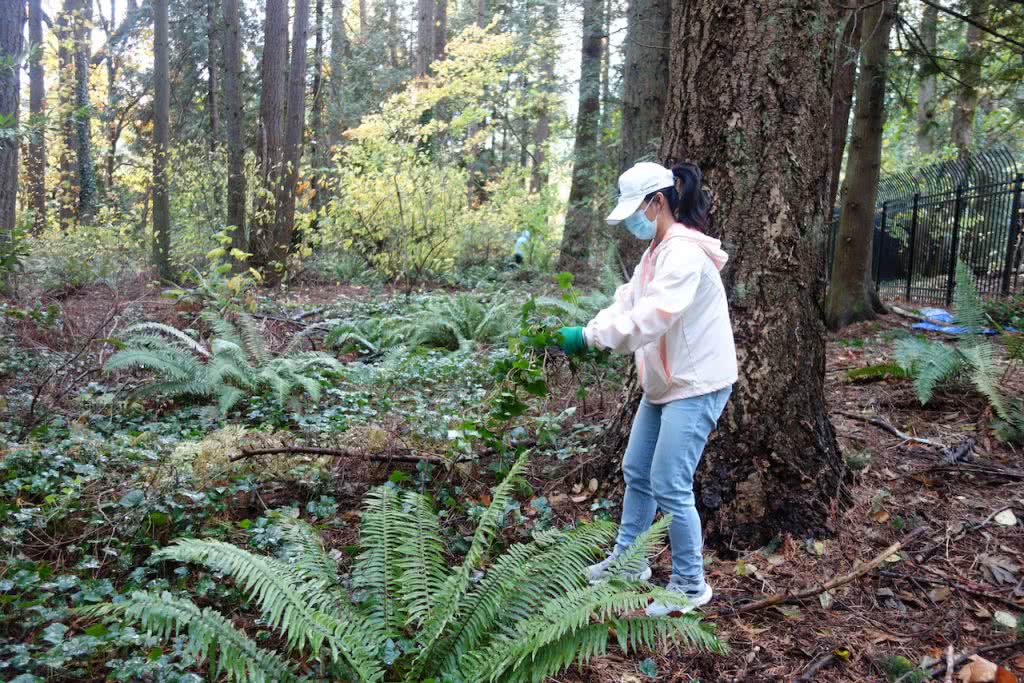
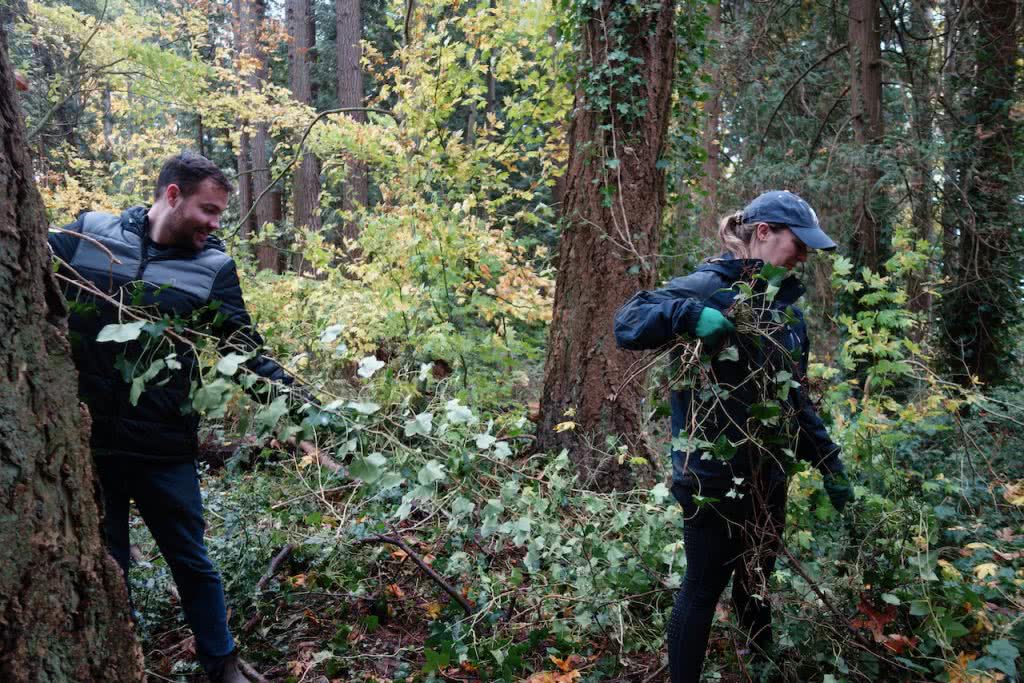
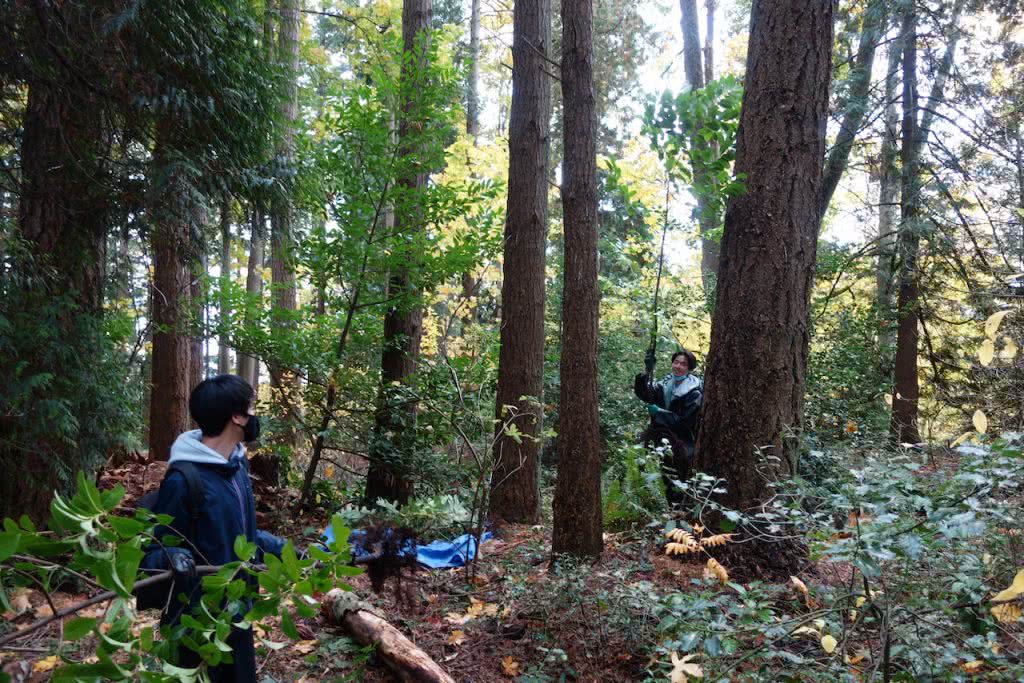

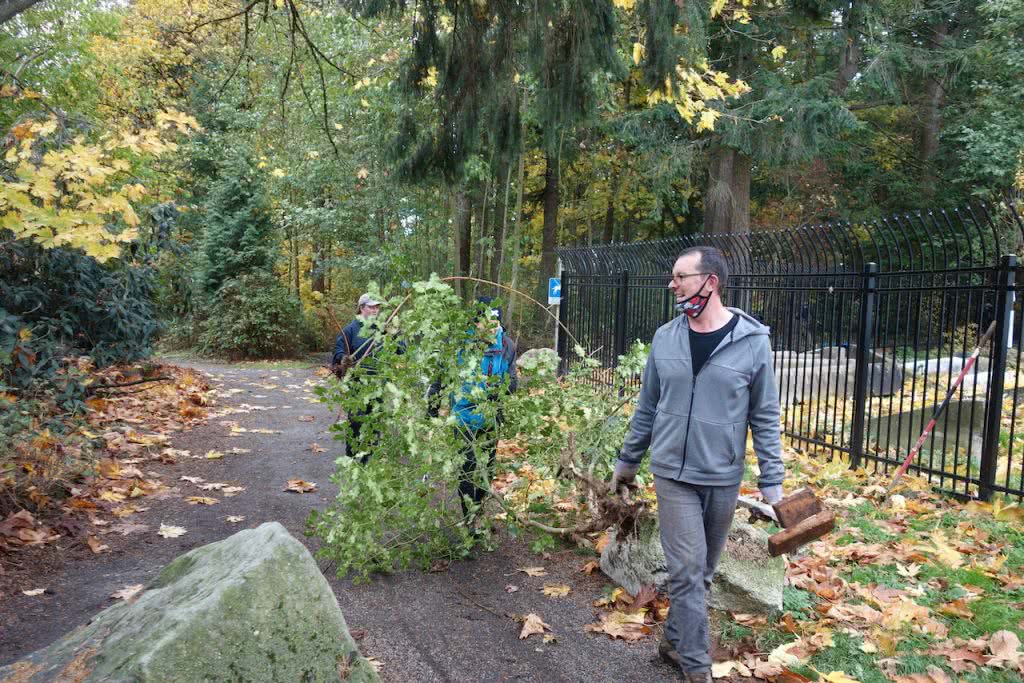
Summary
On Saturday October 23, 2021 the Lower Mainland Green Team joined forces with the City of White Rock to pilot our very first interpretive walk and continue our efforts to remove invasive plants from Ruth Johnson Park.
This was our fourth time at this park in 2021, with our other visits on March 3, April 22 and June 9, 2021.
Interpretive Walk
For our interpretive walk, participants were guided along beautiful trails underneath golden falling leaves as they listened and interacted with the forest in a new way.
The walk was led by Egan Davis, Manager of Parks at the City of White Rock and passionate horticulturist, and Ashton Kerr, Program Manager of the Lower Mainland Green Team and environmental scientist. Together the duo spoke about the geological and Indigenous history of the area, the local plant community – both native and invasive, ecosystem services and benefits of this urban forest, threats to this ecosystem and more!
The walk was well received by participants, who reported that they enjoyed the experience and learned a lot of new things about the area. With only a bit of rain at the end of the walk, we certainly couldn’t complain about our wonderful walking conditions!
Invasive Plant Pull
As rain drizzled down, participants in our invasive plant pull listened intently to our educational instruction as we prepared to continue our restoration efforts in the park. Once we got started, our hard work was rewarded as the rain stopped and some sun started to poke through the clouds.
Many different invasive plants were removed including Himalayan blackberry, English ivy, English holly and English laurel, each plant having a negative impact on the overall health of this ecosystem. Plants the size of small ivy vines to small holly trees stood no chance against the commitment of these volunteers!
By removing these invasive plants we are creating room for other native plants grow, which increases biodiversity and ecosystem resilience. Strengthening our ecosystems in ways like this will help the area better adapt to the effects of climate change. We were thrilled to find native Trailing blackberry already growing in patches where we previously removed blankets of ivy, proof that our efforts were working!
This activity followed the COVID-19 Safety Plan of our charity, Green Teams of Canada, and current province-wide restrictions with safety measures in place to ensure participants could connect with each other and nature safely.
Thank You!
Thank you to everyone who joined us for this fantastic day of learning and restoration: Jennifer, Jashandeep, Tracy, Marianne, Stephen, Annabelle, Lyda, Shawn, Alexis, Ryan, Alan, Mitchell, Morgan, Brian, Chelsea, Anne, Doreen and Jason!
A HUGE thank you to Egan Davis, Manager of Parks at the City of White Rock, for partnering with our charity, Green Teams of Canada, to make these activities possible and sharing his passion and expertise. We learned so much from you at these activities and truly value our mutually beneficial partnership. Thank you for investing in your community and environment by supporting our valuable work!
What Volunteers Said
“I learned a great many plant and tree facts from Egan. He shares his wisdom with genuine enthusiasm and he doesn’t seem to mind being pestered with questions. The work setting was beautiful and it was very satisfying to pull up yards and yards of english Ivy. Probably the most important outcome of removing invasive plant species is that it raises awareness of the negative effects of some horticultural plantings. We won’t make much of a dent in the biomass of english ivy in our neighbourhood but when people see us doing ivy removal, it might steer them toward more appropriate landscaping choices.” – Doreen
_____
“The nature interpretive walk was actually pretty incredible. Listened and watched Ashton and Egan go back and forth with tons of great information from First Nations history of the land, how glacier played a role, exotic native and invasive plants and trees, how ravines form. It was so good!!” – Lyda
_____
“I enjoyed communications with other volunteers and feel this program is significant and meaningful.” – Chelsea
_____
“This program is such an important part of the community, both from a social and ecological perspective. After volunteering several times so far, I have noticed a significant improvement in my own mental health from being in such a positive social environment with so many friendly people working together towards a common goal of reinvigorating local green spaces. It truly feels like we are accomplishing something together, as there is always such a visible difference between the before and after!” – Jennifer
Before and After Photos
(click images to make them bigger)

